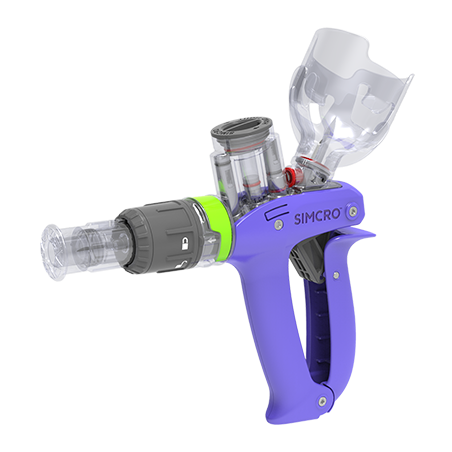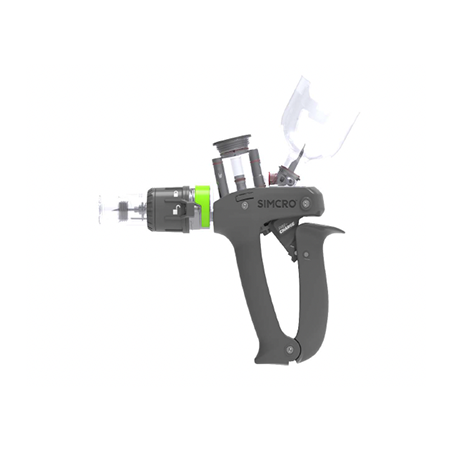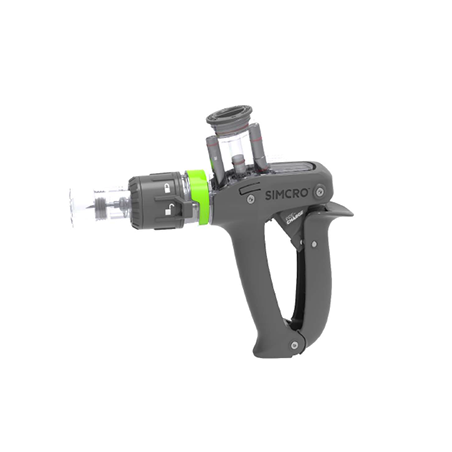The importance of what we do prior to weaning
For many years the use of zinc oxide at "therapeutic" levels has been one of the main ways to prevent the occurrence of diarrhea, (mainly colibacillary diarrhea) in the post-weaning period. By now all farmers and technicians are aware that this use will be banned in Europe at the end of June 2022.

There are no substitute products or feed ingredients that can alone have the same effect as zinc oxide. Therefore, strategies include nutritional changes and improvements related to piglet quality, proper management, reducing weaning stress, etc.
We interviewed two professionals, Alberto García, a technician at Inga Food SA Spain, and Chretien Gielen, veterinarian at De Varkenspraktijk, one of the largest pig production consulting groups in the Netherlands, to discuss aspects related to weaning management and conditions.
Both authors agree that what we do in the farrowing room has a direct influence on the weaning phase and, specifically, on reducing diarrhea problems after weaning.
For example, García tells us that Inga Food SA has developed a comprehensive 90-point checklist which they use to review all aspects that have to do with successful weaning. Of these points, 35% have to do with the farrowing room in relation to the management, pathology, or facilities in this phase.
They focus on everything that influences weaning weight: colostrum, digestive pathologies in the farrowing room, etc.
He emphasizes that the objective in the farrowing room is to wean piglets of adequate weight and age. As most of the farms use hyperprolific genetics, and to avoid piglets having low weaning weights, a four-week lactation period is strictly applied. The target is 26.5 days on average, with weights of 6-6.5 kg. When farms are short on space, they have opted to reduce the herd or move to batch management of 3 or 5 weeks.
Regarding weight, it is evident that proper management and facilities are important, but at the same time weight is highly correlated with the health status, not only digestive health but also overall health status, such as PRRS or other diseases. There is also a strong emphasis on controlling neonatal digestive pathology, especially rotavirus (Figure 1). García considers that rotavirus has a role in both the neonatal and post-weaning phases.
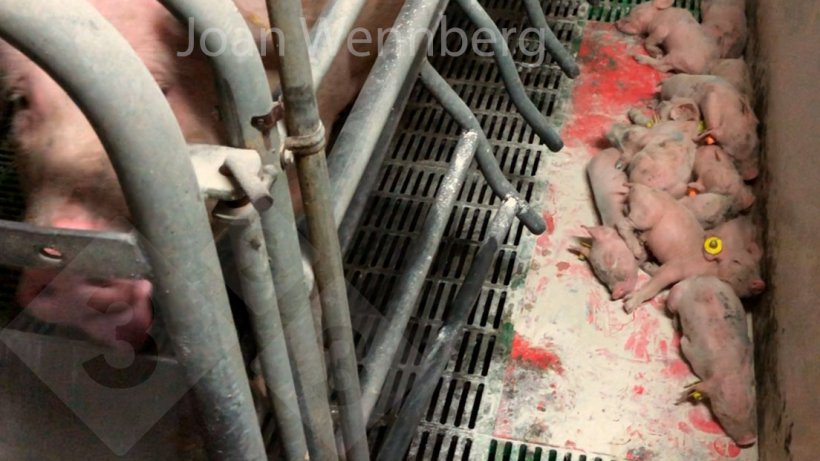
Gielen attaches great importance to the birth weight of the piglet (although he admits that we cannot have much influence over this aspect, especially with hyperprolific sows) and to the sow's milk production.
The other key points are the age at weaning and the piglet's feed intake in the farrowing room. Regarding the age at weaning, he points out that the ideal age is no less than 24 days, and agrees with García on the importance of controlling viral diarrhea. This affects weight and lesions in the microvilli and leaves the piglet less prepared for weaning.
Feed consumption in the farrowing room
Gielen considers that getting piglets to have good feed intake in farrowing to be one of the most important determining factors (Figure 2). He puts it this way: "Small portions of fresh feed as many times a day as possible. Start on the fourth or fifth day. At the beginning, we should not look for consumption, but for learning. You have to get the piglet curious about the feed and that is achieved with multiple small portions." He adds, "You have to avoid excessively high-quality feed (with high percentages of sugars or milk) that is too different from what the piglet will encounter post-weaning and does not prepare the piglets".
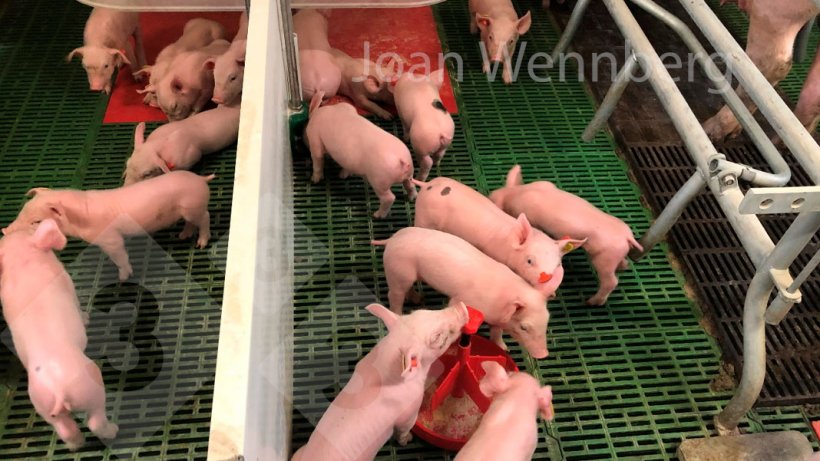
García tells us his protocol. Start between the fifth and seventh day. The first feed is a milk replacer type, normally in a meal and very aromatic, to start consumption. Feed should be replaced frequently during those first days.
After 18-20 days give some kind of prestarter in fine granules, with high digestibility, palatability and aroma, but it has to be the same feed with which the piglets will be weaned, and which will be maintained in the first days of nursery.
García also tells us about his positive experience with the use of water in dishes in the farrowing room starting days 2-3 of life, which allows him to obtain 200-300 grams more weight and to have the piglets be better trained for the weaning phase. However, this practice is reserved for careful farmers, who are going to do it properly and cleanly. Gielen is more skeptical of this practice as he believes it is unhygienic. He prefers to focus on making sure the water cups or nipples in farrowing are working correctly.
The weaning process
Weaning is a process that involves many actions: getting the sows out of the farrowing room, getting the piglets out, the time it takes from when you start until the piglet is in a weaning room with the proper stocking density and temperature, with feeding options, etc.
The authors emphasize the importance of knowing how this process is carried out on each farm. Gielen says there is no single way to wean since each farm has different conditions. In his group, they do on-farm audits of the weaning process with the objective of proposing improvements to their clients: observing management, conditions of the weaning rooms when receiving the animals, etc.
For García, how this is done on each farm will be very much determined by logistics, transport schedules, etc. But his ideal process would be as follows: have the sows eat the first feeding in the morning and allow time for the piglets to nurse afterward. This gives the piglet a "cushion" for what comes next. This is greatly facilitated by automatic feeding systems for sows in the farrowing room. You can feed at 5:00 a.m. and by 8:00 a.m. be loading piglets that have already had a feeding of milk that day.
He also states that he prefers to remove sows from the farrowing room first. Trying to get the piglets out first makes the sows very nervous; there is a lot of noise in the room, and it is a very stressful process.
On farms that do weaning on site, it is preferable to wean calmly at mid-morning, once the piglets have had 2 or 3 feedings of milk.
Working to achieve a good weaning weight at weaning and to make the weaning process as stress-free as possible is indispensable to weaning with a high chance for success. In the next article we will go into the proper management and conditions in the weaning phase.






